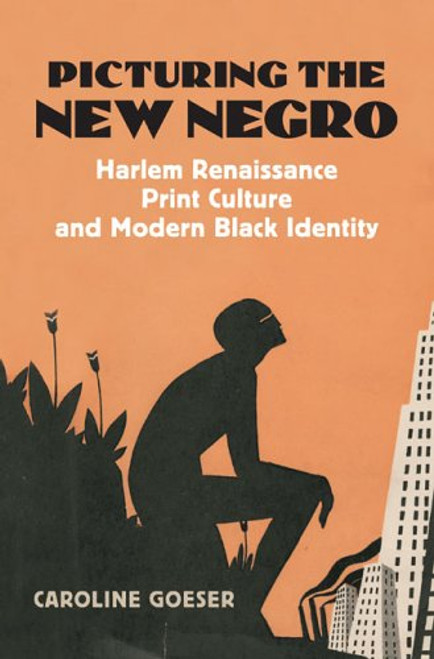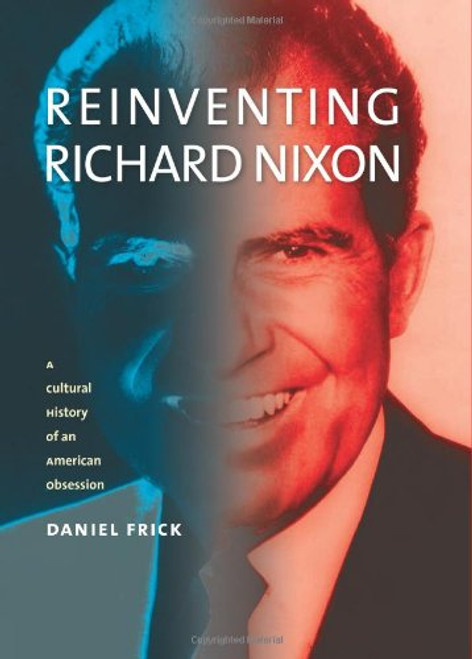Product Overview
Luminaries of the Harlem RenaissanceLangston Hughes, Jean Toomer, Wallace Thurman, and Arna Bontemps, among others--are associated with, well . . . Harlem. But the story of these New York writers unexpectedly extends to the American West. Hughes, for instance, grew up in Kansas, Thurman in Utah, and Bontemps in Los Angeles. Toomer traveled often to New Mexico. Indeed, as West of Harlem reveals, the West played a significant role in the lives and work of many of the artists who created the signal urban African American cultural movement of the twentieth century. Uncovering the forgotten histories of these major American literary figures, the book gives us a deeper appreciation of that movement, and of the cultures it reflected and inspired. These recovered experiences and literatures paint a new picture of the American West, one that better accounts for the disparate African American populations that dotted its landscape and shaped the multiethnic literatures and cultures of the borderlands.
Tapping literary, biographical, historical, and visual sources, Emily Lutenski tells the New Negro movement's western story. Hughes's move to Mexico opens a window on African American transnational experiences. Thurman's engagement with Salt Lake City offers an unexpected perspective on African American sexual politics. Arna Bontemps's Los Angeles, constructed in conjunction with Louisiana, provides a new vision of the Spanish borderlands. Lesser-known writer Anita Scott Coleman imagines black Western autonomy through domesticity. The experience of otherslike Toomer, invited to socialite Mabel Dodge Luhan's circle of artists in Taospresent a more pluralistic view of the West. It was this place, with its transnational and multiracial mix of Native Americans, Latina/os, Anglos, and African Americans, which buttressed Toomer's idea of a new American race.
Turning the lens elsewhere, Lutenski also explores how Latina/o, Asian American, and Native American western writers understood and represented African Americans in the early twentieth-century borderlands. The result is a new, unusually nuanced and unexpectedly complex view of key figures of the Harlem Renaissance and the borderlands cultures that influenced their art in surprising and important ways.








